|
Explanation: This
week we have a symphony! A symphony in ... symmetry. I
have selected some example images of organisms that display, to varying
degrees, a symmetry of plumage or pelt ... in other words, of
appearance. Much
as been written of anatomical and physiological symmetry (and asymmetry) in a
wide variety of organisms of this planet. But this week, let's just
ponder the nature of the symmetry of appearance. Of
what value is symmetry in outward appearance? Some
research suggests that it signals health, and thus a desirable
mate. But ... I
raise the question, is there any adaptive advantage to NOT being symmetric in
appearance? Is it better to break up body patterns when hiding from
predators?
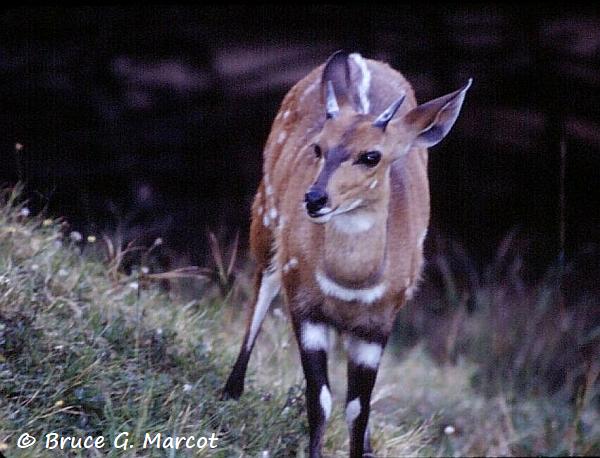
Bushbuck (Tragelaphus sylvaticus), Family Bovidae
Senga Bay, Malawi
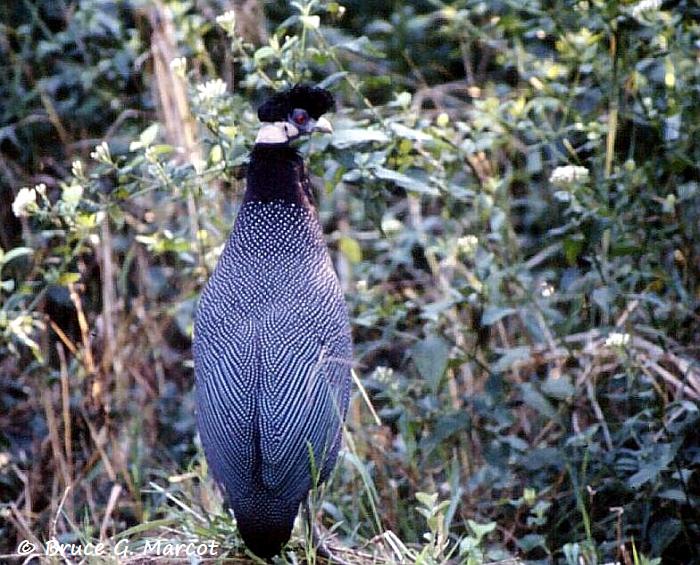
Crested Guineafowl (Guttera pucherani), Family Numididae
South Africa
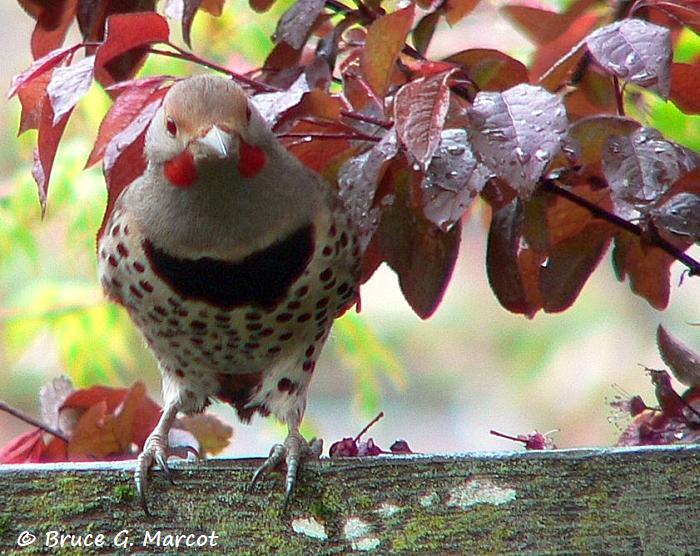
Northern Flicker (Colaptes auratus), Family Picidae
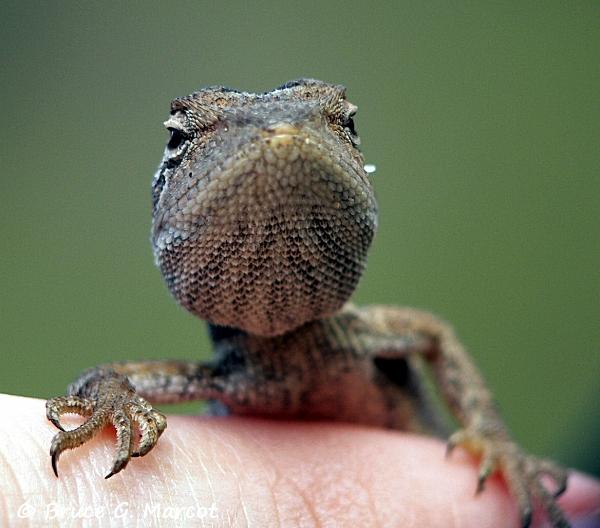
Eastern Two-lined Dragon (Diporiphora winneckei), Family Agamidae
Emerald Falls, Vain's Park, Queensland, Australia
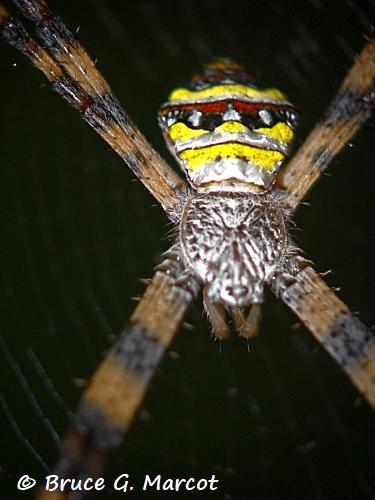
Orb Weaver (Argiope pulchella), Family Areneidae
Meghalaya, India
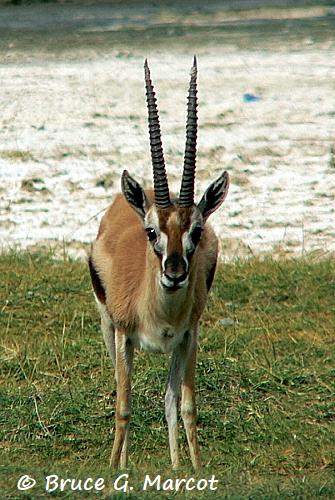
Thomson's Gazelle (Eudorcas thomsonii), Family Bovidae
Lake Nakuru, Kenya
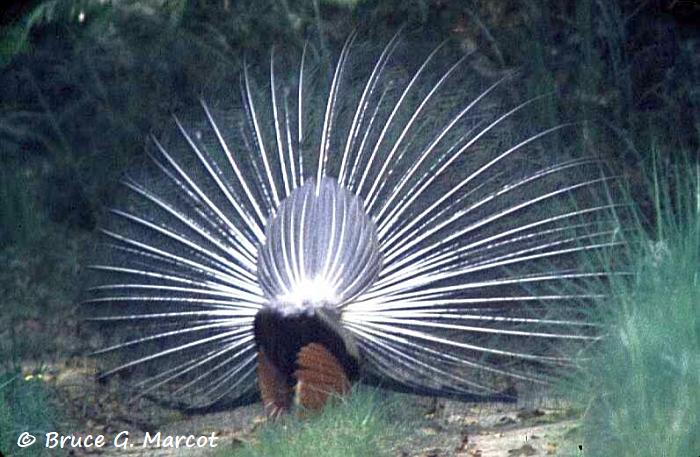
Indian Peafowl (Pavo cristatus), Family Phasianidae
Dudhwa National Park, India
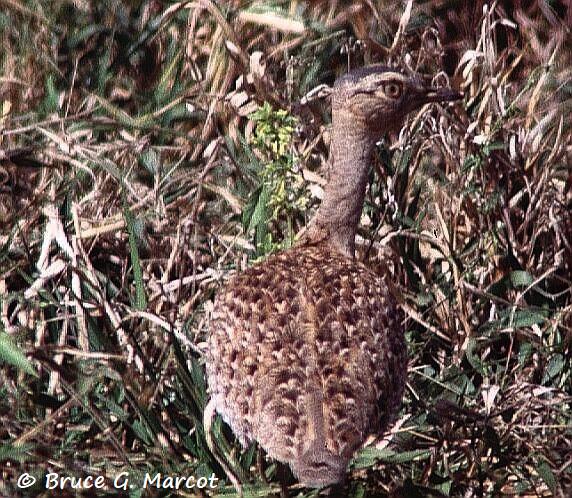
Red-crested Korhaan (Lophotis ruficrista), Family Otididae
South Africa
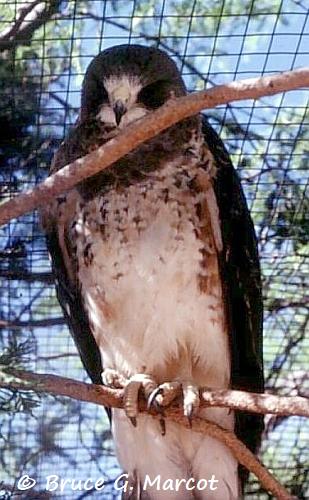
Swainson's Hawk (Buteo swainsoni), Family Accipitridae
Arizona USA
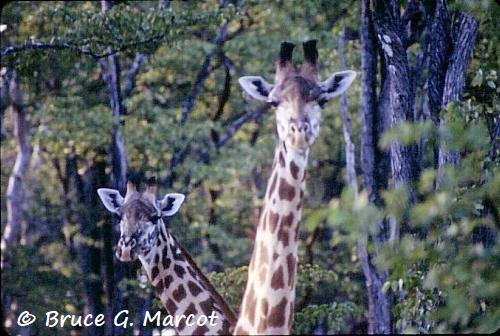
Thornicroft's Giraffe (Giraffa camelopardalis), Family Giraffidae
South Luongwa National Park, Zambia
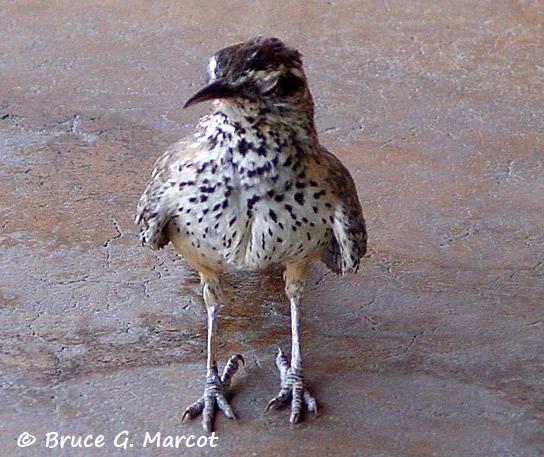
Cactus Wren (Campylorhynchus brunneicapillus), Family Troglodytidae
Oracle, Arizona, USA
Information:
Bérczi, S., and B. Lukács. 2001. Symmetry
versus katachi in animal organisms. Forma 16:91-99.
Cuthill, I. C., M. Stevens, A. M. M. Windsor,
and H. J. Walker. 2006. The effects of pattern symmetry on detection of
disruptive and background-matching coloration. Behavioral Ecology
17(5):828-832.
Hogg, I. D., J. M. Eadie, D. D. Williams, and D. Turner. 2001. Evaluating fluctuating asymmetry in a stream-dwelling insect as an indicator of low-level thermal stress: a large-scale field experiment. Journal of Applied Ecology 38(6):1326-1339.
Kozlov, M. V., and E. L. Zvereva. 2015. Confirmation bias in studies of fluctuating asymmetry. Ecological Indicators 57:293-297.
Langridge, K. V. 2006. Symmetrical crypsis and asymmetrical signalling in the cuttlefish
Sepia officinalis. Proceedings of the Royal Society B: Biological Sciences 273(1589):959-967.
Leary, R., and F. Allendorf. 1989. Fluctuating asymmetry as an indicator of stress: implications for conservation biology. Trends in Ecology and Evolution 4:214-217.
Lens, L., S. Van Dongen, and E. Matthysen. 2002. Fluctuating asymmetry as an early warning system in the critically endangered Taita Thrush. Conservation Biology 16(2):479-487.
May, F., V. Grimm, and F. Jeltsch. 2009. Reversed effects of grazing on plant diversity: The role of below-ground competition and size symmetry Oikos 118(12):1830-1843.
Schleuning, M., K. Böhning-Gaese, D. M. Dehling, and K. C. Burns. 2014. At a loss for birds: Insularity increases asymmetry in seed-dispersal networks. Global Ecology and Biogeography 23(4):385-394.
Schleuning, M., K. Böhning-Gaese, D. M. Dehling, and K. C. Burns. 2014. At a loss for birds: Insularity increases asymmetry in seed-dispersal networks. Global Ecology and Biogeography 23(4):385-394.
|
Index |
Location | Search | About EPOW | ... Next >
Google Earth locations